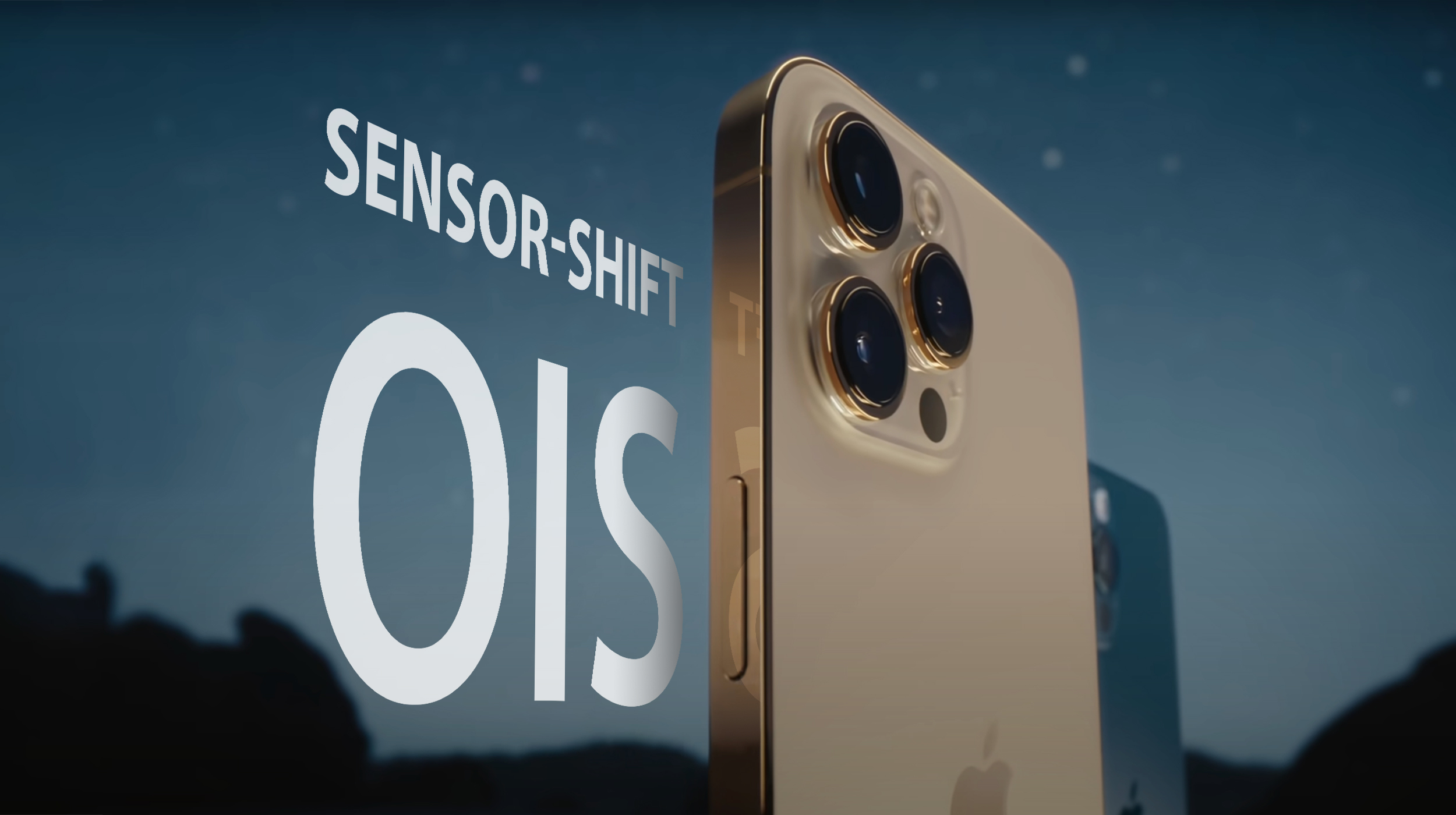Would it be asking too much for some proof ?
Also, are there ANY drawbacks (vs. the previous approach) ?
For standalone cameras, the Japanese Camera & Imaging Products Association (CIPA) has developed a
standard by which a camera + lens is placed on a vibrating platform and it is tested by how many stops the image stabilisation (IS) systems reduce the motion blur created by the camera moving on that platform (where one stop means it halves the motion blur, two stops mean a halving again, ie, down to 1/4, and so on). That system isn’t perfect as there are different kinds of camera shake (normal human handshake, shake created by a moving platform like a boat or helicopter, shake induced by stabbing the shutter button, etc.) but it enables an easily comparable performance yardstick. Apple doesn’t use this standard but they surely have their own internal testing procedure. People also hold phones differently than cameras and stabbing the shutter button on phone creates a different shake than than doing so on a camera.
On standalone cameras, optical image stabilisation (OIS) normally means moving a single (small) lens element somewhere in the centre of the lens in at least two directions (up/down and left/right), possibly also tilting it in two dimensions, compensating for camera movement. Camera movement can be split up into linear movement (up/down, left/right, forward/backwards) and rotational movement, tilting up/down, left/right, but also around the optical axis.
OIS cannot compensate for that last kind of movement direction.
Lenses in smartphones are so small and so tightly packed that moving individual lens elements isn’t really possible. OIS is thus implemented via the complete lens assembly moving. Whether only
linear movements or tilting or even both might vary, this
article describes (small) tilting movements. With tilting, the whole lens+sensor package might tilt as described
here.
In standalone cameras with interchangeable lenses the clear trend has been to move from OIS to sensor-based image stabilisation (usually referred to as in-body-image-stabilisation, IBIS, as being in the camera body not the individual lenses), except for longer tele lenses. This has a number of advantages, not all applying to phones. For once, this requires only one stabilisation unit inside the camera instead of having one in every individual lens. Not only does this save money and weight, OIS based on moving individual lens elements also requires a more complex lens design such that there is small enough lens element whose movement can achieve this task (small because moving a large element would add size and most importantly would require very powerful actuators to move quickly enough, additionally, whatever you move should be only a small fraction of the weight of the total camera+lens unit), and moving the lens element should not affect the optical performance too much (which also works better with a centrally-located lens element).
Except for longer tele lenses, IBIS has proven to provide a better stabilisation performance and also enables the compensation of rotation around the optical axis. Given the more simplistic OIS in smartphones, I am not surprised that sensor-based IS can achieve better results here as well (on top of adding optical axis rotation correction). Moving only the sensor is also certainly easier than moving sensor plus lens and probably requires less space to move things back and forth (as you are moving something smaller, maybe also lighter).
One last point, the requirements for stabilisation with still image photography and video are somewhat different. For the former you just need to correct for camera movement for the time the ‘shutter is open’ during the exposure (but that exposure time might be relatively long). With video, you also want to achieve small and smooth movements of the camera from video frame to video frame (while the exposure time will always be as short or shorter than the frame rate). With OIS in standalone cameras, you’d want the corrective lens element to move such that it compensates the camera movement but at same time do so while as close as possible to its neutral position (as the optical design is based on all lens elements being lined up perfectly). When shooting video the additional corrective action for camera movement from frame to frame makes that pretty difficult. Here, sensor-based stabilisation avoids that issue but also appears to perform better in general in achieving smooth video.



